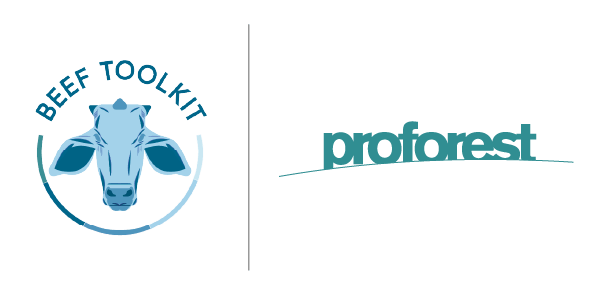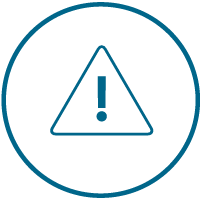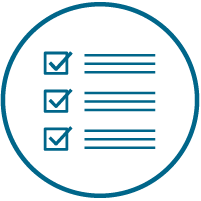Element 2b: Understand the Beef Supply Chain:
Risk Analysis
Buying companies can use risk analysis to assess social and environmental risks in production areas, and to identify risk of non-compliance within their supply base. This risk analysis should then inform the development of a responsible sourcing strategy and associated timebound implementation plan.
This element aims to:
· provide downstream and upstream beef buyers with an understanding of risk analysis and how it can be used to inform the development of a responsible sourcing strategy
· set out different methods and tools for identifying supply chain risk
· explain how companies can leverage the risk analysis results to prioritise their supplier engagement efforts.
How to carry out a risk analysis
1. Supplier Performance Evaluation – Beef buyers can evaluate the performance of their direct suppliers against their responsible beef sourcing policy/commitments. This can be done through a scorecarding or questionnaire approach which looks at the policies and procedures that a supplier has in place.
2. Social and Environmental Risk Assessment – Risk assessment assesses social and environmental risk data alongside information about the origin of production. This can be approached at country level through using third-party data sources, or through supply chain specific analysis involving geospatial assessment and the use of GIS.
3. Human Rights Risk Assessment – A human rights or social risk assessment looks at actual and potential human rights impacts a company causes, contributes, or is directly linked to in its own sourcing activities and those it may be directly linked to via business relationships.
4. Prioritisation – having assessed the risks in its supply chain, companies can then make informed choices in terms of prioritising suppliers for engagement and upstream investment.
Key points
· There are two different approaches which buyers can choose to take: either evaluating the performance of their direct suppliers, or assessing social and environmental risks in their production geographies; or a combination of both.
· All environmental and social aspects should be considered in the risk analysis.
· There are a wide range of different tools and methodologies which can be used to carry out a risk analysis.
More information is available in the briefing note below - BN02b Risk Analysis







